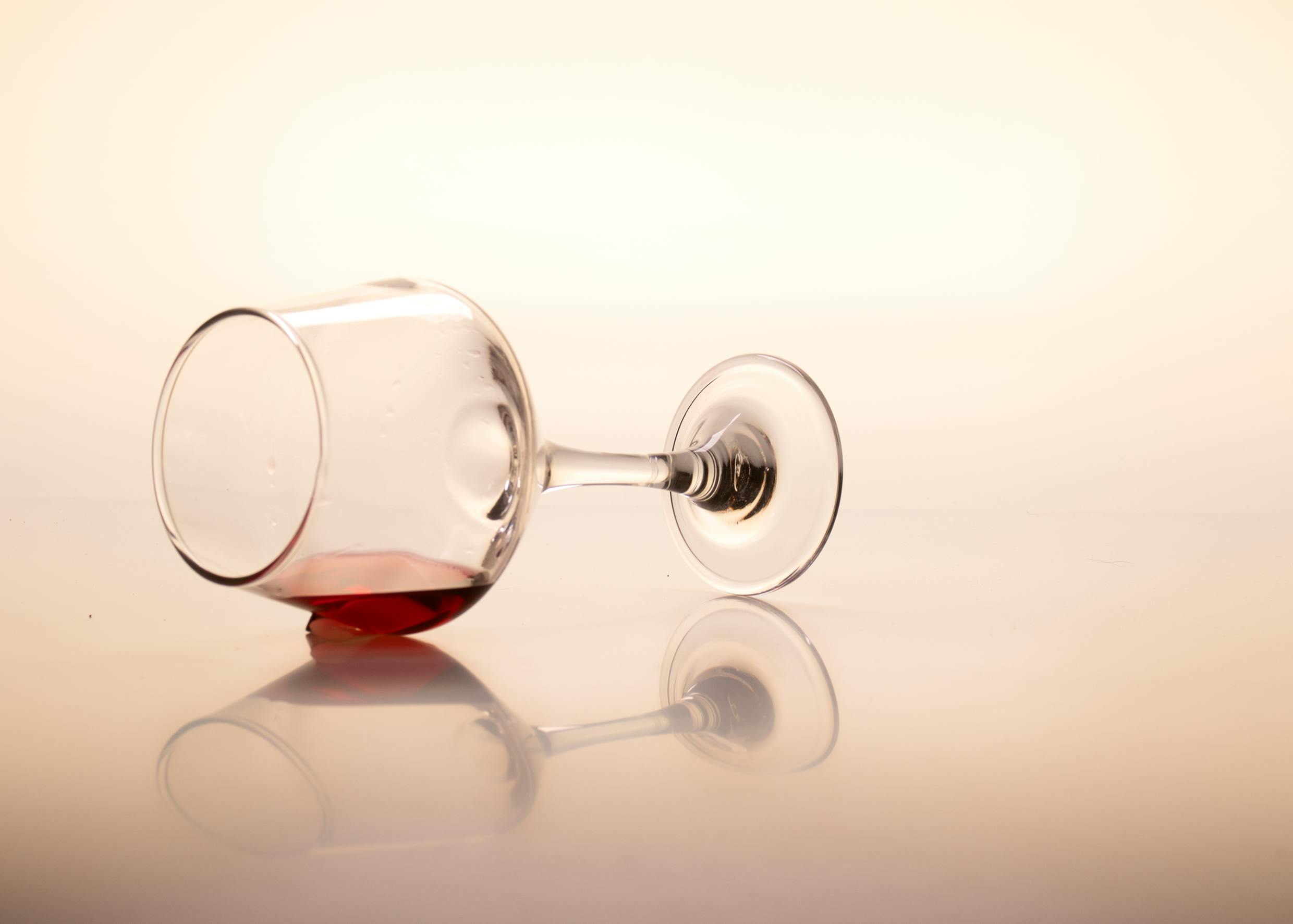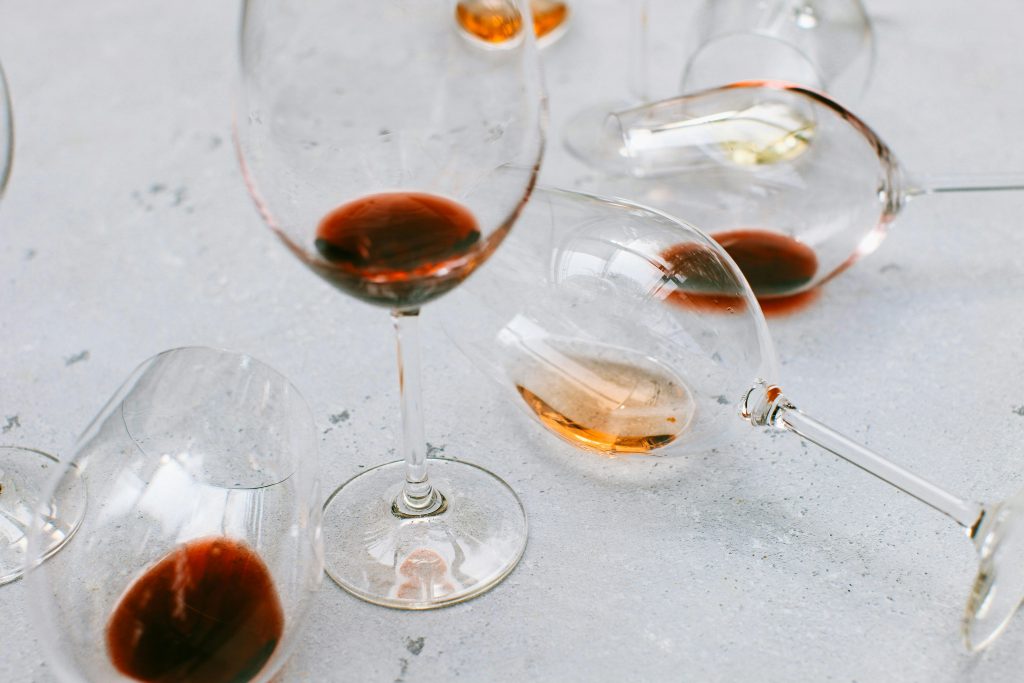
Ever stared at a crossword clue like “Sediment of wine” and drawn a complete blank? You’re not alone. Whether you’re a wine lover, a word nerd, or both, this little puzzle piece can make you pause, swirl your mental glass, and wonder, “Wait… what do they call that stuff at the bottom of the bottle again?”
This article uncorks the mystery behind this popular crossword clue. We’ll go over the possible answers, what sediment in wine actually is, why it happens, and what it tells you about the wine in your glass. Plus, we’ll sprinkle in some wine trivia that might just help you score big in your next crossword challenge—or your next wine tasting.
What’s the Most Common Answer to “Sediment of Wine” in Crosswords?
The go-to answer for this clue in most crossword puzzles is…
Lees (4 letters)
Yep, “lees” is the classic crossword answer. But it’s not the only one. Depending on the clue’s phrasing, word count, and difficulty level, other answers might pop up too.
Here’s a quick overview:
| Clue Variation | Possible Answer | Letter Count |
|---|---|---|
| Sediment of wine | Lees | 4 |
| Wine dregs | Lees | 4 |
| Wine sediment | Dregs | 5 |
| Leftover wine bits | Residue | 7 |
| Bottom-of-the-bottle bits | Solids | 6 |
| Winemaking sediment | Tartar | 6 |
What Are Lees, Anyway?
Let’s go beyond the crossword and into the bottle.
Lees are the dead yeast cells and other particles that sink to the bottom of wine during and after fermentation. It sounds kind of gross when you say it like that—but lees are actually important. In fact, in some wines, they’re even desired.
There are two types of lees:
- Gross lees: Heavy solids like grape skins and seeds that settle quickly.
- Fine lees: Tiny particles, mostly yeast, that remain suspended longer.
Winemakers might remove gross lees early but keep the fine lees in contact with the wine for flavor.
Lees Aging: Not Just a Fancy Phrase
You might’ve heard someone say a wine was “aged on the lees.” That’s not a typo—it’s a technique. It’s called sur lie aging, which is French for “on the lees.”
In places like Burgundy or Champagne, this method gives wines a richer texture and complex flavors: brioche, toast, nuts. Yum. Some Muscadet wines are famously labeled “Sur Lie” and are bottled directly off the lees for added zing.
Even some red wines get lees contact time, though it’s rarer.
But Why Is There Sediment in My Bottle?
Good question. Sediment can show up for a bunch of reasons. It’s not necessarily a sign your wine’s gone bad. Sometimes, it’s the opposite.
Common causes:
- Aging: Tannins and pigments bond and fall out of solution over time.
- Unfiltered wine: More flavor = more particles.
- Lees contact: If the wine wasn’t filtered after, lees might linger.
- Tartrate crystals: Sometimes called “wine diamonds,” these form in cold temps.
What About “Silt”?
You might’ve come across this term too. Technically, silt is more geological than oenological. It refers to super-fine particles that settle in water—like in rivers. But crossword puzzles? They’re flexible.
In crosswords, clues like:
- Fine sediment in wine
- Minute particles in a bottle
…can lead to silt as a 4-letter answer. Is it technically wine sediment? Not usually. But it fits the poetic image of sediment, and crossword clues love a little wordplay.
| Clue Style | Best Fit | Why It Works |
| Winemaking-specific | Lees | Actual wine term for sediment |
| General fine sediment | Silt | Earthy but crossword-viable |
| Informal or casual phrasing | Dregs | Colloquial but accurate |

Dregs, Crust, Tartar & Residue: Are They All the Same?
Not quite, but they’re related. Let’s break it down:
- Dregs: Informal term for wine sediment, often seen in red wine.
- Crust: A term used for sediment in aged port, sometimes forming a thick layer.
- Tartar: Short for tartaric acid crystals—the shiny bits you sometimes find.
- Residue: General term for leftover solids.
All of these could potentially appear as crossword clues or answers, especially in themed puzzles.
Is Sediment a Bad Thing?
Nope. Sediment is a byproduct of natural processes. It doesn’t mean your wine is flawed.
Actually, it often means:
- You’re drinking a wine with minimal processing.
- It’s aged and developed character.
- The winemaker chose depth over clarity.
That said, sediment in your glass? Not so tasty. Let’s avoid that part.
🍷 Tips for Handling Wine Sediment
- Let bottles stand upright for a few hours before opening.
- Pour slowly and watch the shoulder of the bottle.
- Use a decanter for older bottles.
- A fine strainer or cheesecloth helps for the ultra-careful.
- Never shake before opening!
Fun Wine Facts for Word Nerds
- Fining removes solids (aka future sediment).
- Unfined/unfiltered wines are cloudier and richer.
- Bâtonnage is the practice of stirring the lees.
- Crust forms in aged port.
- Tartar sounds culinary, but it’s all about wine crystals here.
Crossword Clues You’ll Likely See Again
| Clue | Common Answer | Letters |
| Wine grape variety | Merlot | 6 |
| White wine type | Riesling | 8 |
| Dry Italian wine | Soave | 5 |
| Sparkling wine region | Champagne | 9 |
| Fortified wine | Sherry | 6 |
| Port wine sediment | Crust | 5 |
| Aging process | Barrel | 6 |
The Bottom Line (or Bottom of the Bottle)
If you see “sediment of wine” as a crossword clue, go with lees. But don’t stop there. Sediment tells a story of time, technique, and taste.
Whether it’s yeast cells or crystals, sediment is part of wine’s natural life. And in crosswords? It’s part of a different kind of fun.